The Ballston Macy’s store is no more.
The retailer shuttered within the past couple of weeks, after a store closing sale that lasted about two months. Now it’s just a matter of time until the building is torn down.
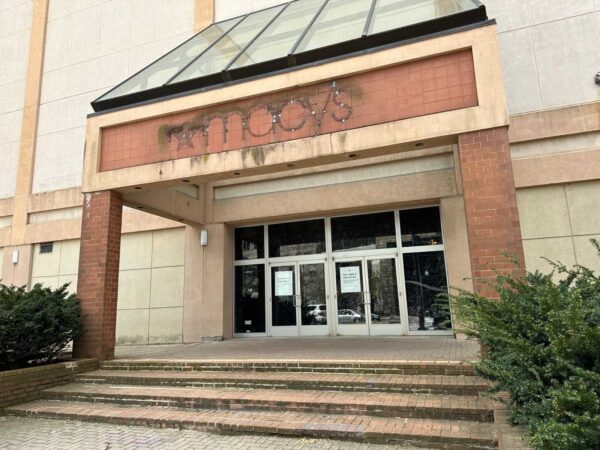
The Ballston Macy’s store is no more.
The retailer shuttered within the past couple of weeks, after a store closing sale that lasted about two months. Now it’s just a matter of time until the building is torn down.
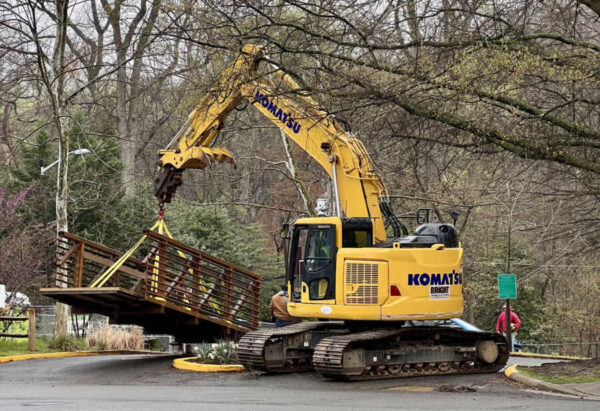
Construction has begun on a replacement for two bridges destroyed in flash flooding back in 2019.
The main section of the new pedestrian bridge to span Lubber Run arrived yesterday (Tuesday) at 300 N. Park Drive. Work on the site, which began in February, is expected to wrap up sometime between July and September, county spokesperson Jerry Solomon said.
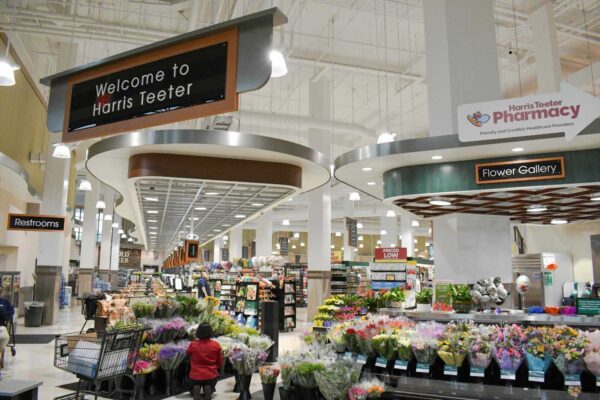
When one Harris Teeter shuts its doors, another one springs up.
At least that’s the case today (Tuesday), as the new Harris Teeter in Ballston is set to open its doors at 3 p.m. The store holding a “Taste of Teeter” sampling event until 7 p.m. to mark the grand opening.
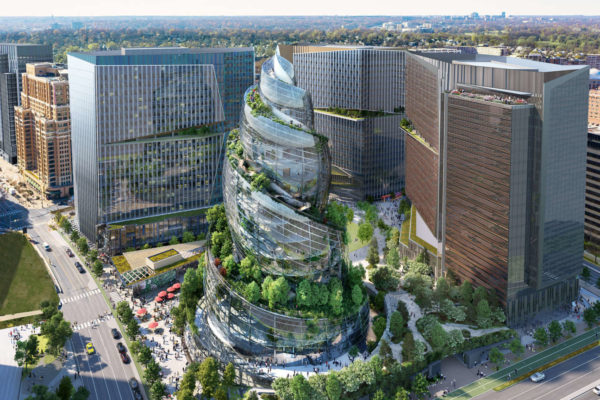
Some early utility work in anticipation of the second phase of Amazon’s HQ2 is scheduled to start next week.
The first phase of the massive office complex in Pentagon City opened last summer. The second phase, located across 12th Street S. from the first phase and known as “PenPlace,” is delayed indefinitely.
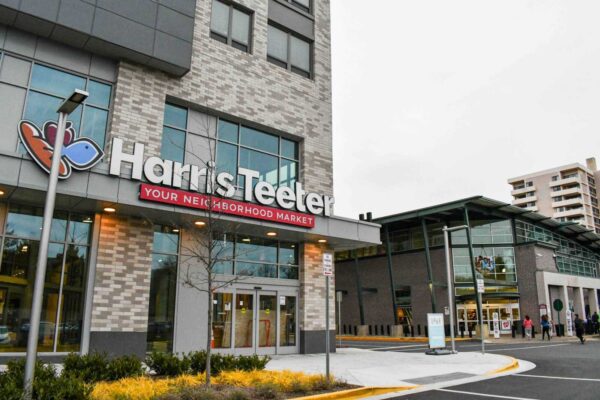
The old Harris Teeter in Ballston is set to close next month but shoppers won’t need to wait long to use the new location across the street.
Harris Teeter has posted signs around its old and new location announcing that its 600 N. Glebe Road location will close on Tuesday, April 2 at 2 p.m., with the new store at 624 N. Glebe Road opening at 9 a.m. the next day.

Construction on the planned pickleball courts for the Walter Reed Community Center is expected to begin by the end of this year.
The Arlington County Dept. of Parks and Recreation announced the next steps for the hotly contested project and unveiled 90% complete designs last week. The project is set to go out for bid this spring and a contract is expected to go to the Arlington County Board for approval in the summer.
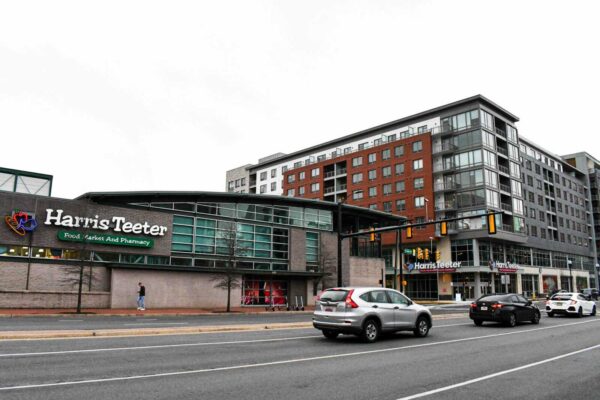
Signs for the new Ballston Harris Teeter are up, signaling that the first phase of the three-part project is nearing completion.
Last month, the owner applied for an occupancy permit for the new grocery store, which tenants do before they can officially move in. Inspection is still pending, per the county website.
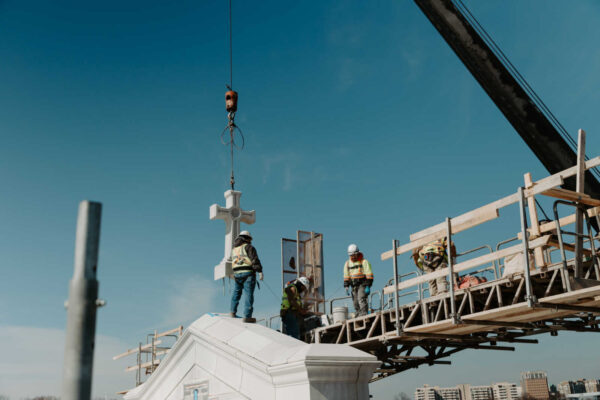
A custom stone cross was lifted into place on the Cathedral of St. Thomas More along Arlington Blvd this week.
To celebrate the placement of this feature, the highest point of the structure, the Diocese of Arlington held a “capping ceremony.”
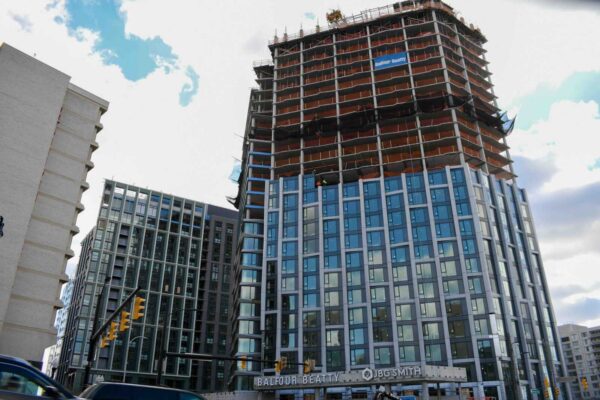
About a year of construction remains for two apartment towers replacing a Crystal City office building.
The final beam was placed atop the two residential towers at 2000 and 2001 S. Bell Street, formerly Crystal Plaza One, this week. Developer JBG Smith and its project manager, Balfour Beatty, announced the “topping out” construction milestone on Monday.
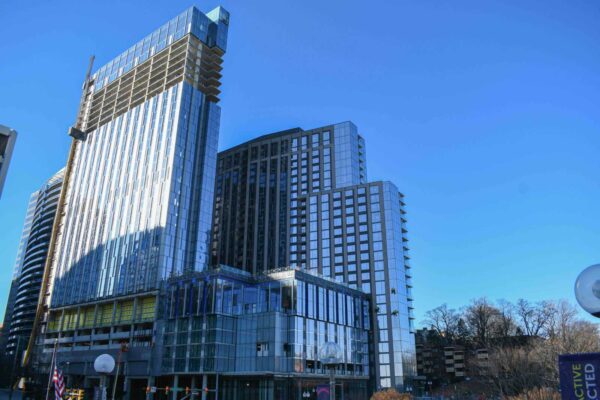
The facade of the new 36-story Hilton in Rosslyn is nearing completion but it could be nearly two years before the hotel welcomes its first guests.
Meanwhile, the project’s residential counterpart, Rosslyn Towers, is close to being done, with new tenants expected to move in within a few months, the developer tells ARLnow.
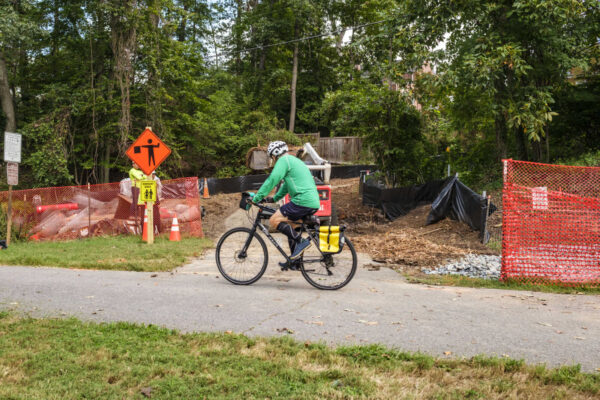
As restoration work continues at Sparrow Pond, one trail will close as another opens.
The Washington & Old Dominion Trail will be closed for six to seven weeks starting in mid-to-late February, per an Arlington County webpage.